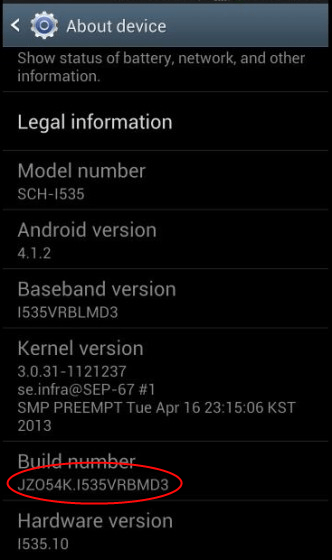Recently, Stop the Cap! published stories about Verizon’s decision to discontinue traditional wired landline service for approximately 500 customers on Fire Island and offer them a wireless alternative called Voice Link. This is an important change for Verizon and our customers, and we wanted to clarify several points about the service and how Verizon is deploying it.
In places like Fire Island, New York and some communities along the Jersey Shore, such as Mantoloking and Seaside Heights, Verizon evaluated the extent of the damage to its facilities – which in many cases were literally washed away by Super Storm Sandy – and conducted extensive research before deciding the best course of action to take in terms of restoration.
Fire Island is a popular beach community with only a few hundred year-round residents, but the population swells each summer. Verizon’s equipment on the eastern side of the island was not too heavily impacted, so repairs were made and services restored.
On the western side of the Island, however, a large percentage of Verizon’s copper facilities were damaged beyond repair.
We studied the voice traffic on and off the island and where it was originating from on both Verizon’s wireline and wireless networks. The company discovered that 80 percent of the voice traffic was already wireless. If other wireless providers were factored in, it is likely that the percentage is closer to 90 percent. This made it clear that people had already made the decision as to what technology works best. They had abandoned copper long before Sandy.
Another part of Verizon’s analysis looked at the number of permanent residents on Fire Island, which number about 500, and the costs that Verizon would incur to install and connect new landline facilities there. It would range from $4.8 million to more than $6 million. A multimillion dollar investment with no guarantee that residents of the island will even subscribe to our services makes no economic sense. In fact, that’s probably why Verizon is the sole provider on the island. None of the companies we compete with in other parts of New York offer services on the island.
 Verizon’s commitment is to provide our customers with voice service, and Voice Link is another way that Verizon is using technology to reliably deliver on that commitment for customers. And Voice Link does so by using wireless technology that has been proven effective over the last 20 plus years.
Verizon’s commitment is to provide our customers with voice service, and Voice Link is another way that Verizon is using technology to reliably deliver on that commitment for customers. And Voice Link does so by using wireless technology that has been proven effective over the last 20 plus years.
Verizon will maintain the copper network where it makes customer service and business sense to do so. Please keep in mind that the vast majority of our copper customers have no issues at all with their service; we are only considering the universe of customers where the copper network is not supporting their requirements. Again, the exception is the storm-impacted areas in the western portion of Fire Island and a few New Jersey Barrier communities where copper facilities were damaged beyond repair. In these locations Voice Link will be the single voice option available to customers. Verizon will offer these customers the opportunity to use our state-of-the-art, tried and tested wireless network at the same rate (or better) that they pay today.
Some additional points for clarification:
- The service does offer a variety of popular calling features including Call Waiting and Caller ID with Name. Some articles mistakenly reported to the contrary;
- Another article cited a Communications Daily piece that incorrectly reported 40,000 people participated in a blind test of Voice Link. Actually, that test group consisted of 20 people;
- Current Voice Link models include a rechargeable battery that offers 36 hours of standby and two hours of voice service. Future devices will work with standard AA batteries, giving customers an easy alternative for replacing batteries and maintaining communications in an extended power outage;
- Although the device is not presently data capable, the team is working to change that. Nevertheless we have always said that it was not Verizon’s original intent to use Voice Link for customers with DSL. If a customer had an issue with their copper and they had DSL, we would repair the copper. Unfortunately Sandy changed these plans for a handful of customers on Fire Island and the New Jersey Barrier where the copper is beyond repair.
What’s the Deal With Copper?
In areas where Verizon’s fiber and copper network ran side-by-side, Verizon began to ask certain copper customers with a history of trouble to move their service to fiber. In some cases the equipment supporting the copper service was so outdated that we could not even find replacement parts because the equipment had been discontinued. The objective was to improve service quality and customer satisfaction using the best communications network, and the result was clear: the program has been very successful. More than 300,000 customers migrated to Verizon’s fiber-optic network. These customers enjoy super-reliable, faster fiber at the same rates they were paying all along.
In non-fiber areas, Verizon developed Voice Link to take advantage of wireless technology to address voice customers served on the copper network who have had chronic repairs issues.
[flv width=”640″ height=”380″]http://www.phillipdampier.com/video/Verizon Voice Link Keeps Customers Connected After Hurricane Sandy 5-31-13.flv[/flv]
After Sandy hit, Verizon realized that wireless technology also would be an ideal solution for customers in areas the storm destroyed or severely damaged. It has helped us reconnect hundreds of people and businesses. Don’t take our word for it. See what these customers have to say. (3 minutes)
Tom Maguire is Verizon’s senior vice president of network operations support.


 Subscribe
Subscribe
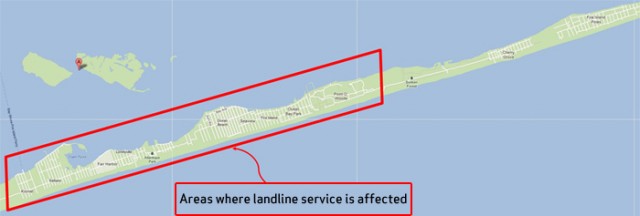

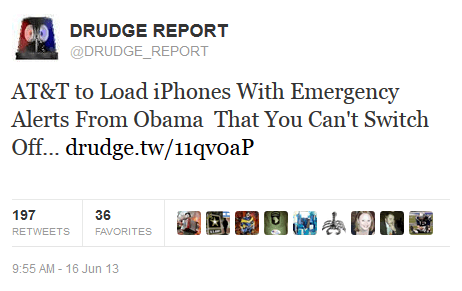 A law establishing a voluntary, national emergency alert system to give localized text warning messages to cell phone users about severe weather, terrorist attacks, natural disasters and missing children has generated conspiracy theories and complaints from some on the political right who suspect the system is designed to help President Obama promote his political agenda.
A law establishing a voluntary, national emergency alert system to give localized text warning messages to cell phone users about severe weather, terrorist attacks, natural disasters and missing children has generated conspiracy theories and complaints from some on the political right who suspect the system is designed to help President Obama promote his political agenda.
 The project in New Jersey is not anticipated to be complete until 2016. Wi-Fi will first be made available in railway stations. Individual railway cars will then gradually get the service.
The project in New Jersey is not anticipated to be complete until 2016. Wi-Fi will first be made available in railway stations. Individual railway cars will then gradually get the service.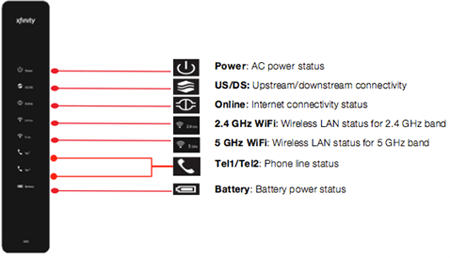
 Nagel says the service was designed to address both concerns, noting a 50Mbps Blast customer will still have full access to 50Mbps service, regardless of how many wireless visitors are connected to the customer’s gateway.
Nagel says the service was designed to address both concerns, noting a 50Mbps Blast customer will still have full access to 50Mbps service, regardless of how many wireless visitors are connected to the customer’s gateway.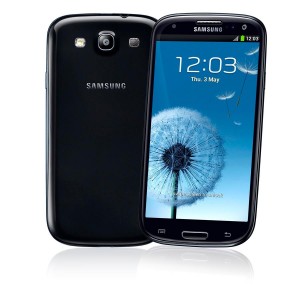 A Verizon Wireless upgrade that was supposed to fix bugs and introduce multi-screen, multi-window multitasking and new camera and image-related features to the popular Samsung Galaxy S3 instead has killed the phone’s 4G performance and dramatically decreased battery life. There are also
A Verizon Wireless upgrade that was supposed to fix bugs and introduce multi-screen, multi-window multitasking and new camera and image-related features to the popular Samsung Galaxy S3 instead has killed the phone’s 4G performance and dramatically decreased battery life. There are also 
